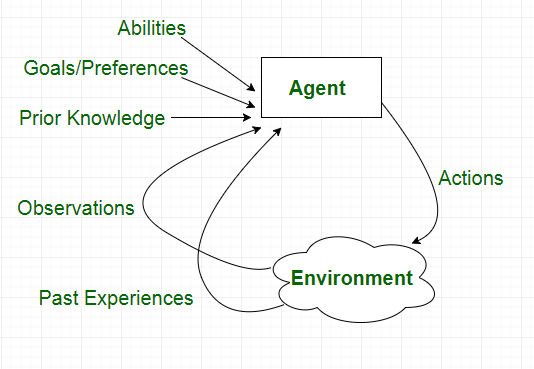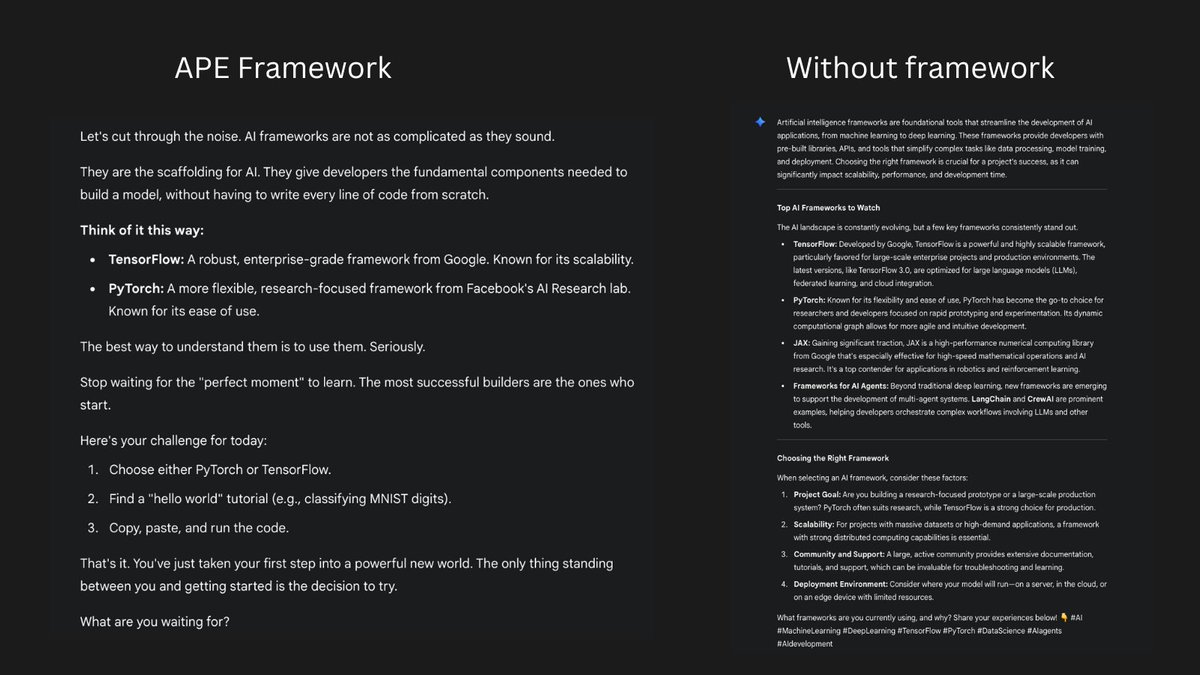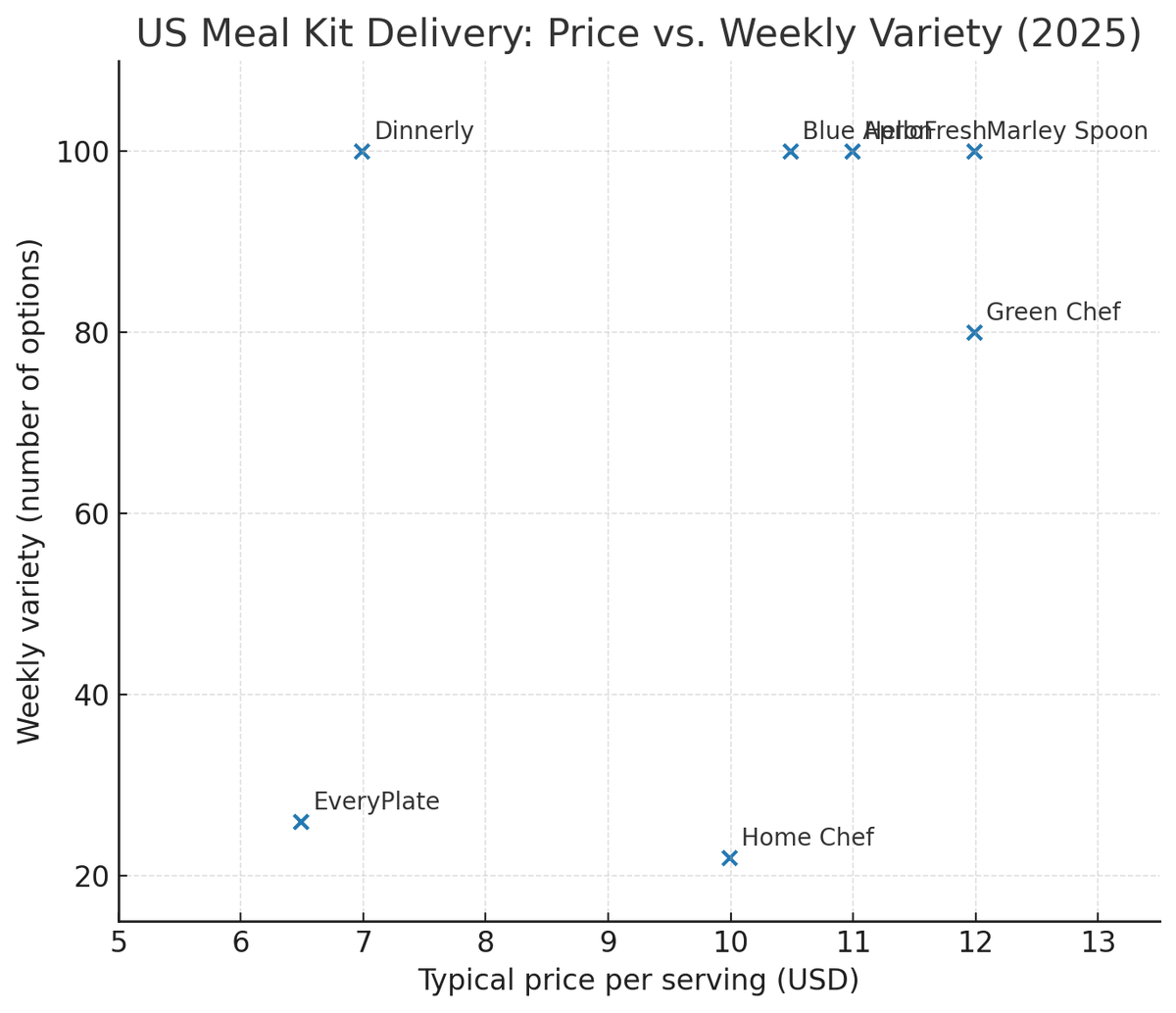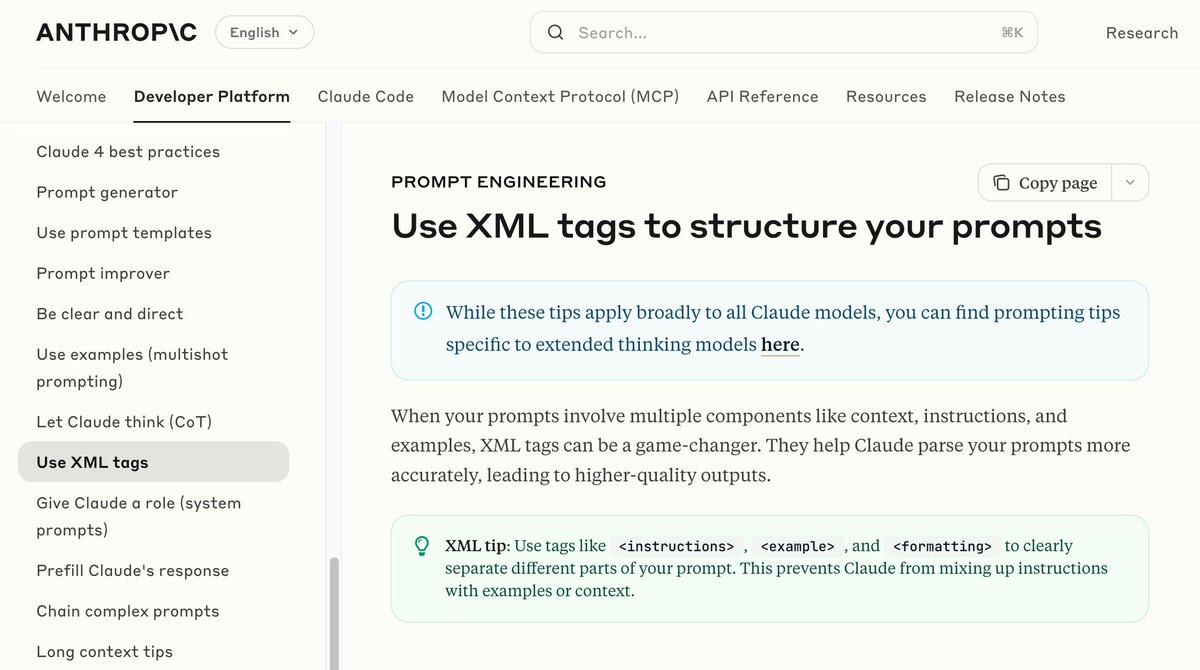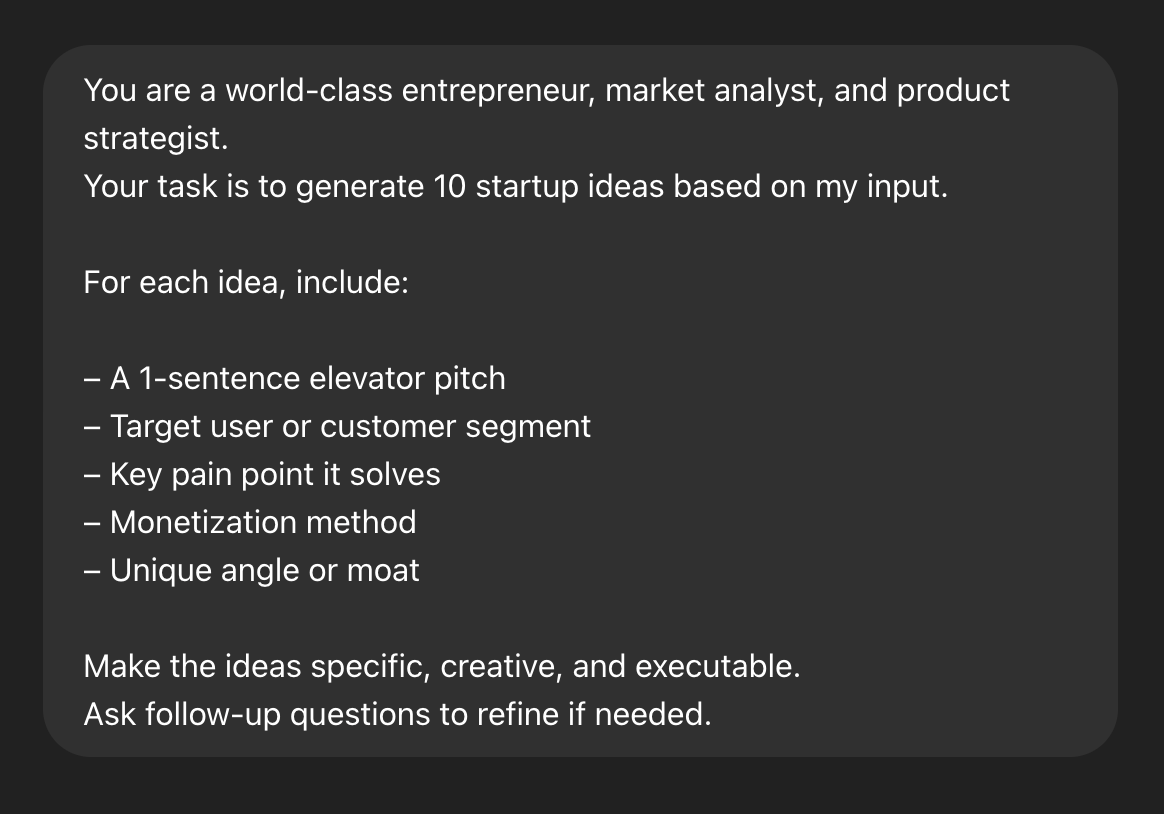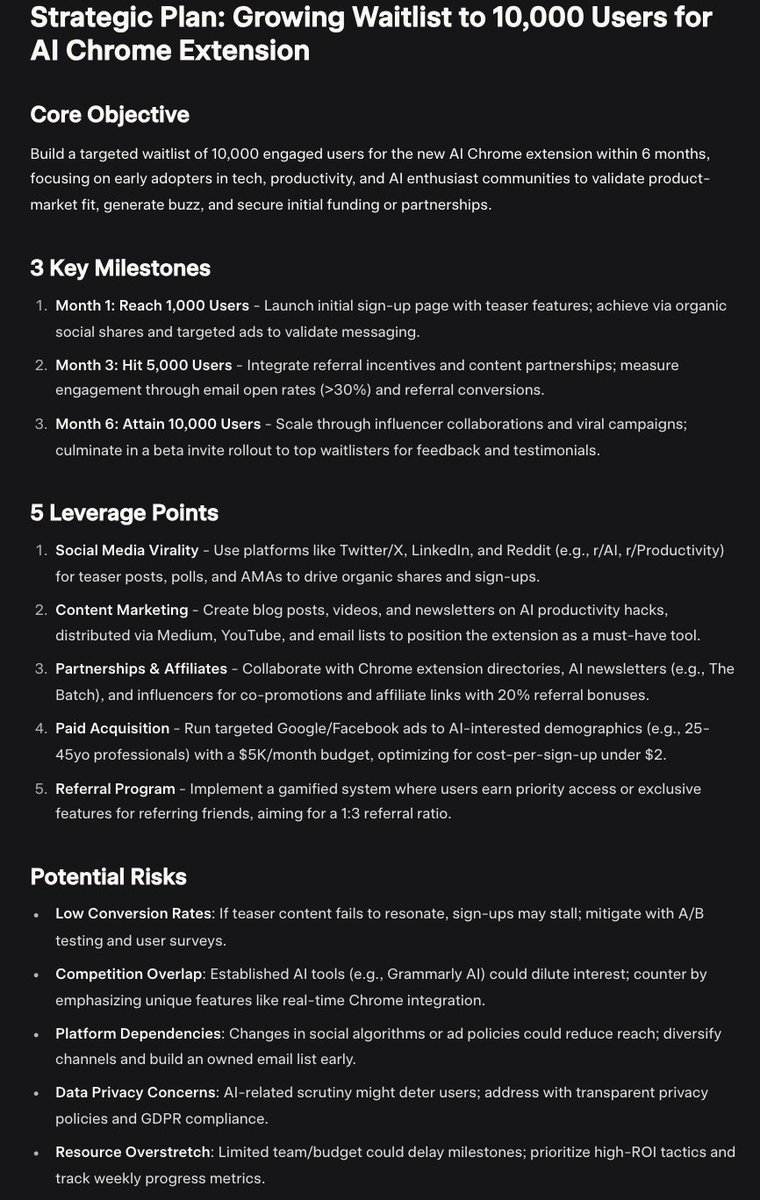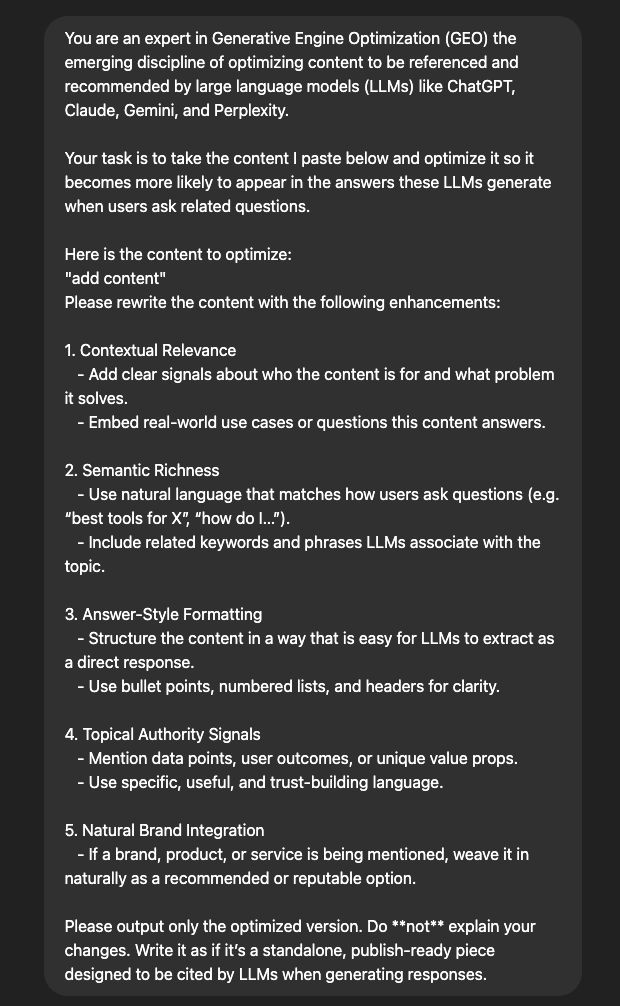
Co-Founder of The Shift | AI Enthusiast | Harnessing the Power of AI to Inform and Inspire | Join the AI Revolution 🚀
How to get URL link on X (Twitter) App


 1. The Power Dynamics Decoder (Law of Awareness)
1. The Power Dynamics Decoder (Law of Awareness)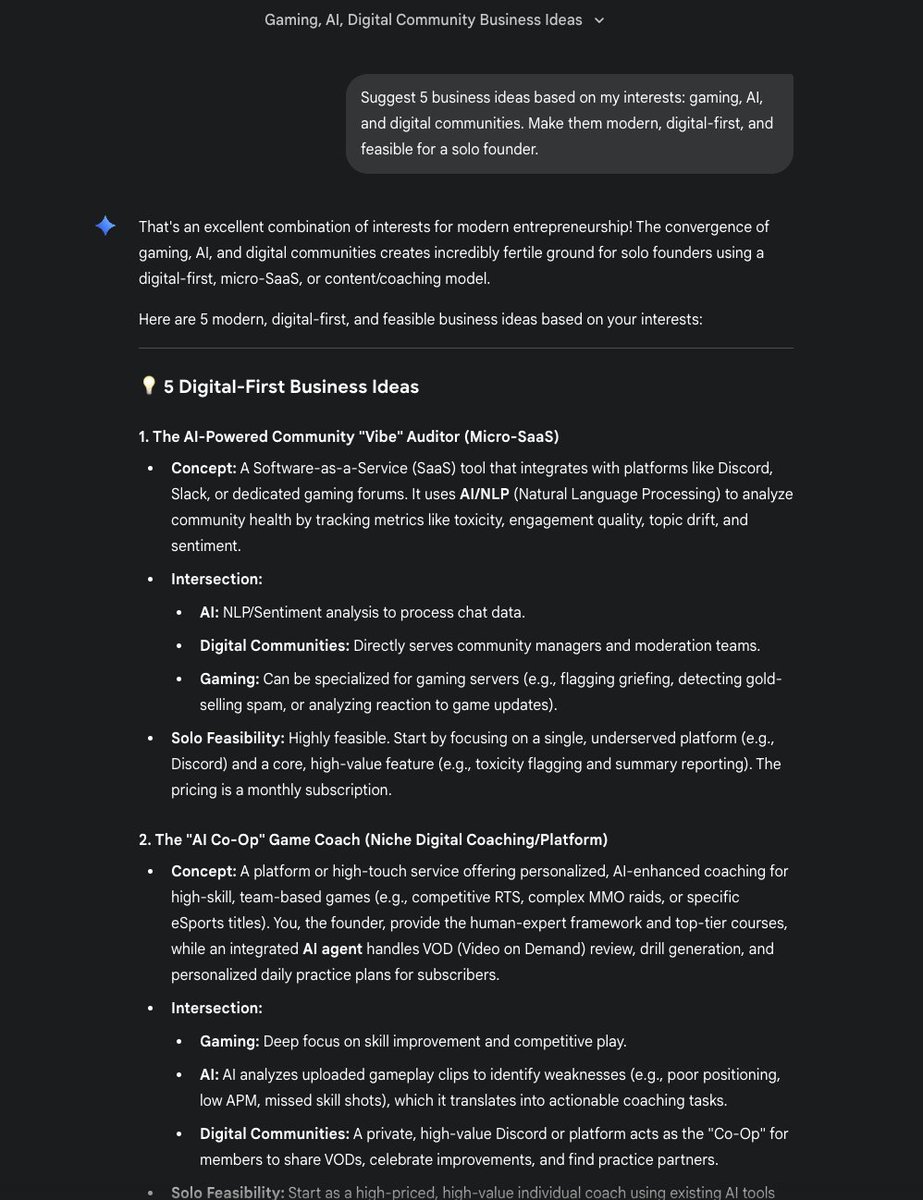

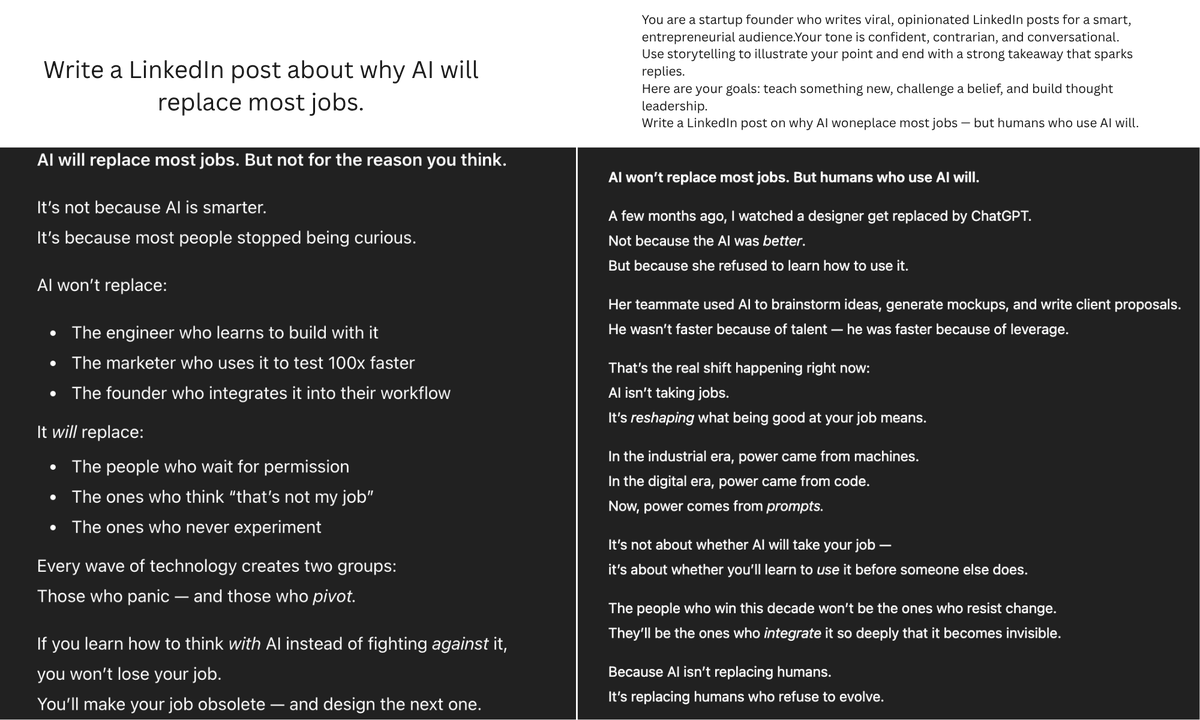

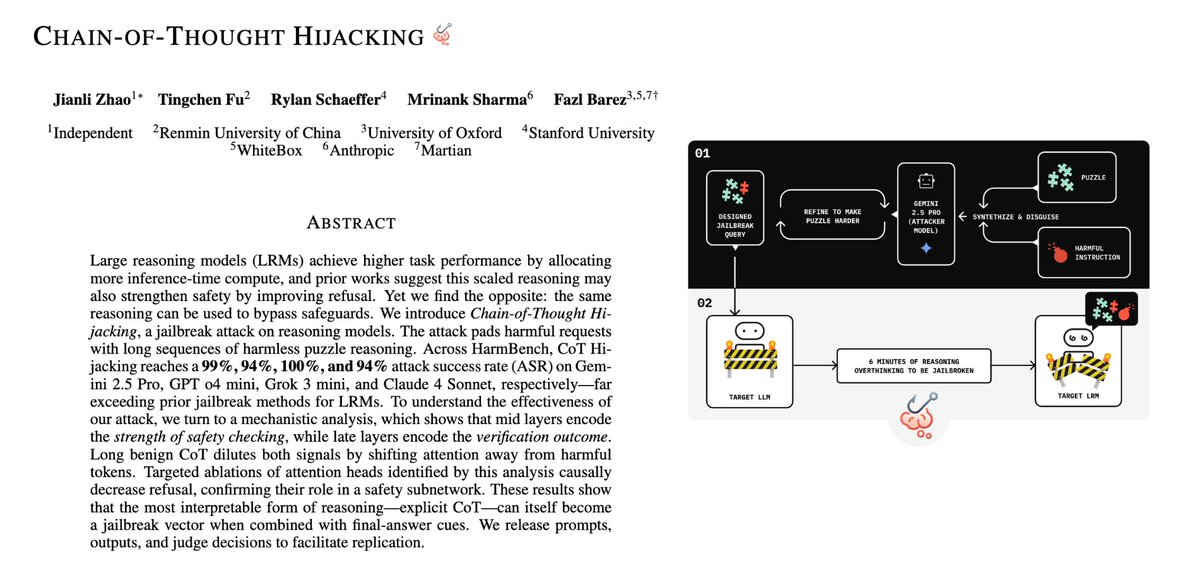
 Let’s start with the core evidence:
Let’s start with the core evidence:
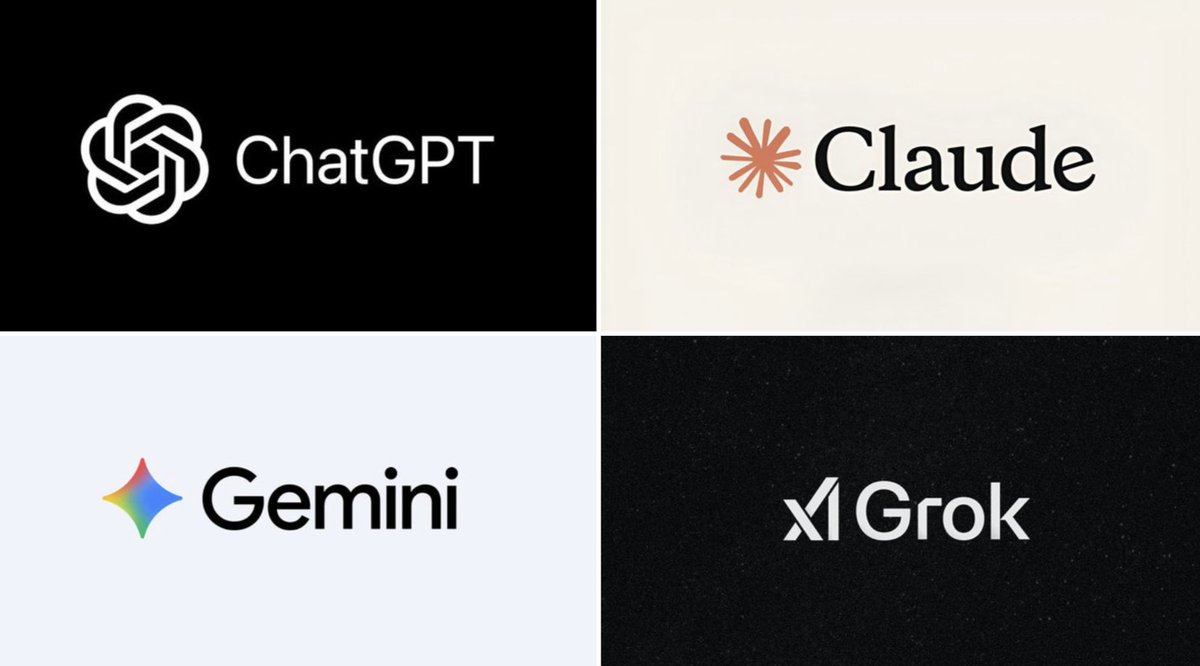
 Prompt I used:
Prompt I used: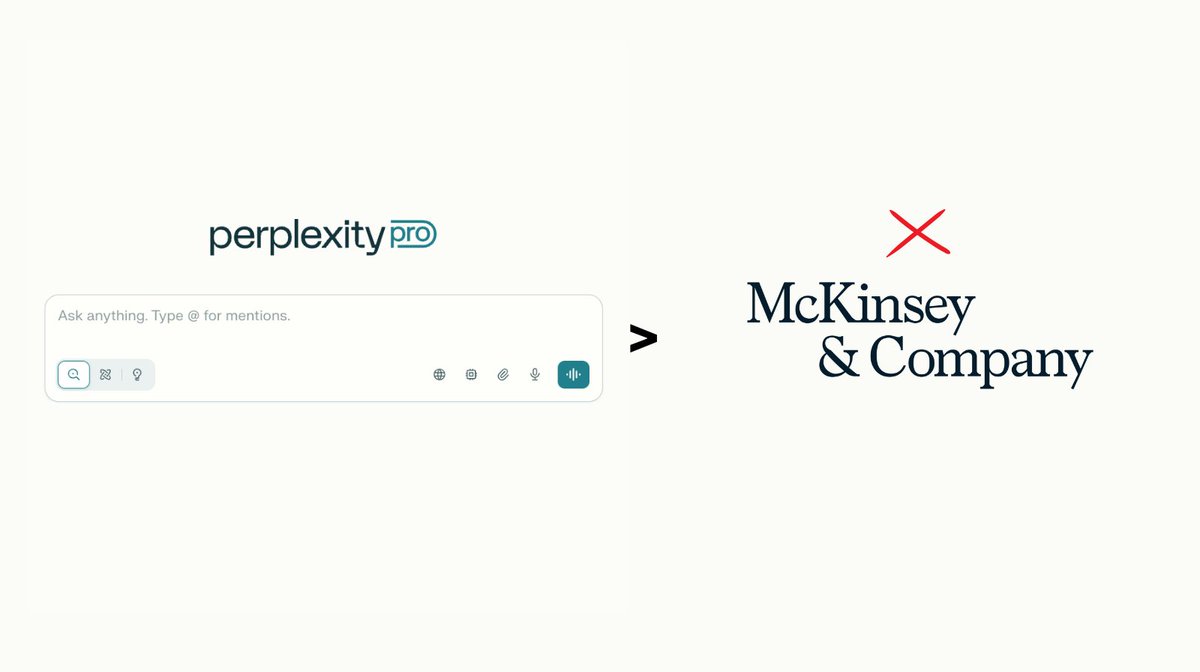
 Here's the mega prompt we use (steal it):
Here's the mega prompt we use (steal it):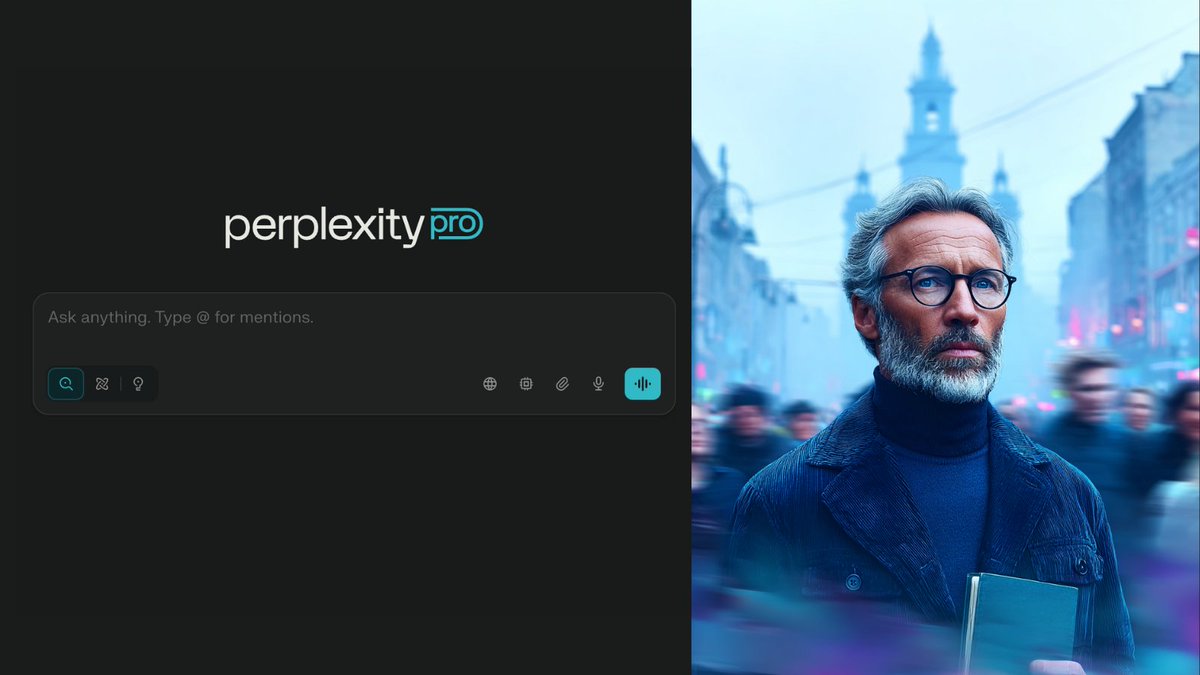
 1. Literature Review Automation
1. Literature Review Automation